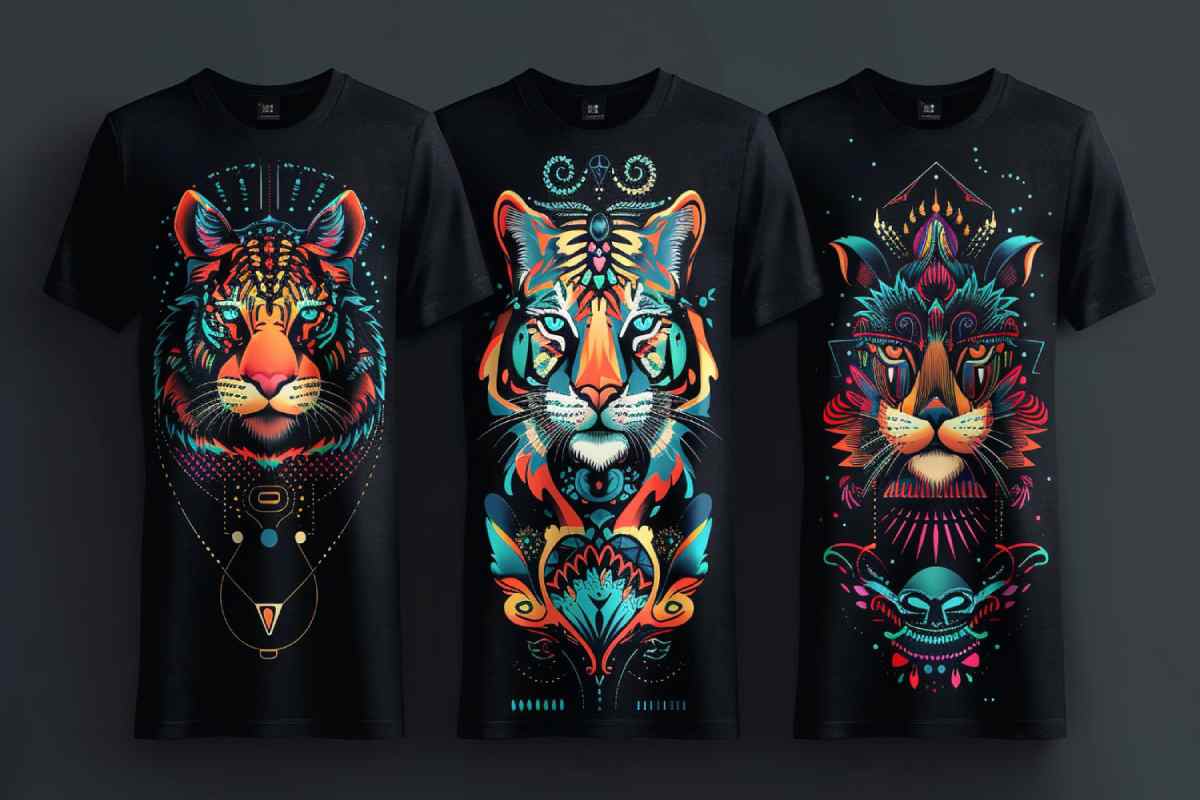
Why DTF Powders Matter for Transfers
Understanding the Role of DTF Supplies
When starting a custom apparel or product printing business, one of the first things to master is the use of proper DTF supplies. These include a range of essential components such as powders, inks, films, and more. Without quality DTF supplies, your print outputs may suffer in both appearance and durability. From the first layer of ink to the final heat press, every material works together to ensure that transfers are clean, vibrant, and long-lasting.
The Importance of Premium DTF Powders
At the core of every high-quality print is the effectiveness of the DTF powders used. These powders act as the adhesive that bonds the printed image to fabric or other surfaces. Low-quality or incorrect DTF powders can lead to weak adhesion, poor washability, or cracking. On the other hand, high-quality powders melt evenly, create strong bonds, and help retain color vibrancy even after multiple washes, making them indispensable for professional-level output.
How DTF Films Interact with Powders
One of the critical interactions in the DTF process is between the DTF films and the powders. The printed image sits on the film, and while still wet, it is coated with powder. This allows DTF films to act as the carrier that brings the ink and powder to the final substrate during the heat press stage. If the film doesn’t hold the powder correctly or causes uneven distribution, the transfer result will be inconsistent. Choosing films that complement the powder application process is crucial for successful printing.
DTF Inks Compatibility with Powders
Another major factor in the success of a transfer is how well the DTF inks work with the powders. Inks need to be sticky enough to retain the powder during curing but also fluid enough to print detailed images. Good DTF inks and powders should be chemically compatible to ensure adhesion without residue or graininess. An imbalance can cause poor visual results or peeling prints, affecting customer satisfaction and product value.
Optimizing the Powder Application Process
To get the most out of your DTF powders, the application technique is just as important as the powder itself. Powders should be evenly spread over the film, ensuring full coverage without clumping. The print must be wet enough to grab the powder, and the curing time and temperature should be calibrated properly. Any errors in applying DTF powders can result in flaking, uneven bonding, or color distortion, all of which impact the final quality of your product.
Storage and Care of DTF Supplies
Preserving the quality of your DTF supplies requires proper storage techniques. Powders are sensitive to moisture and should be kept in airtight containers. Inks should be stored away from direct light and sealed tightly to prevent thickening. DTF supplies like films and powders can degrade quickly under poor storage conditions, reducing their effectiveness and increasing waste. Setting up a climate-controlled space can extend the shelf life of your materials significantly.
Cost Efficiency of High-Quality DTF Powders
Investing in premium DTF powders may seem costly upfront, but it pays off in reduced waste, fewer printing errors, and happier customers. Quality powders allow for smoother workflows, better adhesion, and longer-lasting results. With the right DTF powders, you'll also save on reprints and product returns. This increases your production efficiency and enhances your reputation in a competitive market where print quality truly matters.
Conclusion
DTF powders are a cornerstone of any successful transfer printing process. When paired with the right DTF supplies like inks and films, they enable vibrant, long-lasting, and professional-looking prints. Understanding the role of DTF powders, their interaction with other materials, and how to apply and store them properly can significantly improve your output quality and business success. Quality should never be compromised when it comes to building a reliable printing workflow.
Frequently Asked Questions
-
What is the function of DTF powders?
They act as the adhesive layer that bonds the printed image to the fabric during heat pressing. -
Can I use any powder with any ink?
Not always. Powders and inks must be compatible for effective adhesion and color integrity. -
How do I apply DTF powder correctly?
Sprinkle evenly on the wet ink and shake off excess before curing under heat. -
What happens if I skip the powder step?
The print will not adhere to the fabric and may peel or fall off completely. -
Are DTF powders reusable?
Yes, unused powder can be collected and reused if kept clean and dry. -
Can poor powders damage my film?
Yes, low-quality powders may cause sticking or leave residue on the film. -
How should I store DTF powders?
In a cool, dry place inside sealed containers to avoid moisture absorption. -
Do powders affect the color of prints?
They can if applied too thickly or unevenly, causing visual distortion. -
What makes a powder high quality?
Even melt point, low graininess, and strong bonding capability make a good powder. -
Is it worth buying expensive powders?
Yes, as they reduce waste, improve print quality, and enhance customer satisfaction.






